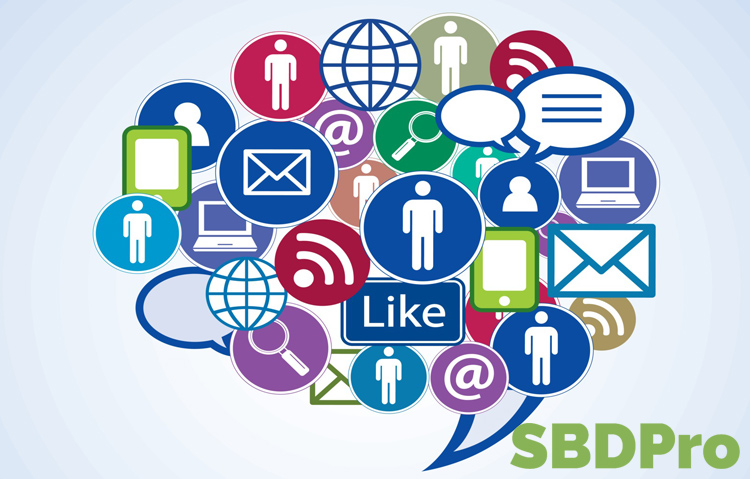Social media can feel like a double-edged sword for many small business owners. On the one hand, it has become an essential part of any small business marketing strategy. On the other hand, social media’s benefits are often indirect and it can seem like a large time suck.
In other words, it’s fine for big companies with a large marketing staff, but more troublesome for small business staff that have to wear multiple hats. We understand the dilemma. To help make the best use of your time, here’s a basic intro on how to promote your business on social media.
Stay focused
Here’s the good news. Not only is it not necessary to be on every social platform out there, it’s probably not even ideal. The reality is that narrowing your focus to just 1 or 2 platforms is going to be sufficient for the vast majority of small businesses.
The same goes for posting. We all know that person in our social circle who shares 12 Facebook memes a day or retweets 20 different things. More good news for you is that they aren’t a template for business success on social media—in fact, you need to do just the opposite.
You need to post often enough that people know you’re a business and they keep you top of mind when searching for your product or service. You don’t want to post so often that people become numb and scroll right by your posts. In fact, they might not even get the chance to scroll by. Facebook and other platforms are known to reduce distribution on the second, third and fourth daily post of a business page.
In short, you’re after awareness, not saturation. Five posts per week—1 for each business day—will be sufficient.
As to which platform(s) you choose, that will depend on what business you’re in. If you’re a B2B enterprise, you might prefer LinkedIn. People go onto that site in a “work” frame of mind. By contrast, people go to Facebook in a “play” frame of mind, that’s more suitable to the B2C world.
Twitter can be a mix of both, but whatever you want to say, it needs to be very tightly focused. Pinterest and Instagram are strictly images, so this can work for a business that’s highly visual—like a travel agency.
Measuring success
Most businesses don’t see a lot of direct sales from their social media campaigns, so you need to decide upfront how you want to measure success.
If you have a Google Ads campaign, you can use remarketing tools to advertise to people who have previously visited your website. Getting them to the website via social media is a first step in that process and can start prospects in your sales funnel.
You can measure how often your posts are viewed. Let’s say you don’t have an e-commerce function for your website, but you regularly post pictures of your products. You simply want those images in the prospect’s mind when they decide it’s time to shop. Seeing how often someone sees the image can help you measure success.
Of course, there’s also the measuring stick of how often your posts get liked, shared or otherwise engaged with. Getting people to share your content is the big prize—now you can reach people in their network that might not follow your page. Another advantage to this is that some platforms—notably Facebook—allow you to invite anyone who likes your content to become a follower of your page. So a shared post can create a whole audience of new followers.
Be focused and have some clear and narrow expectations. If you do that, you’ll be off to a good start in marketing your business on social media.

